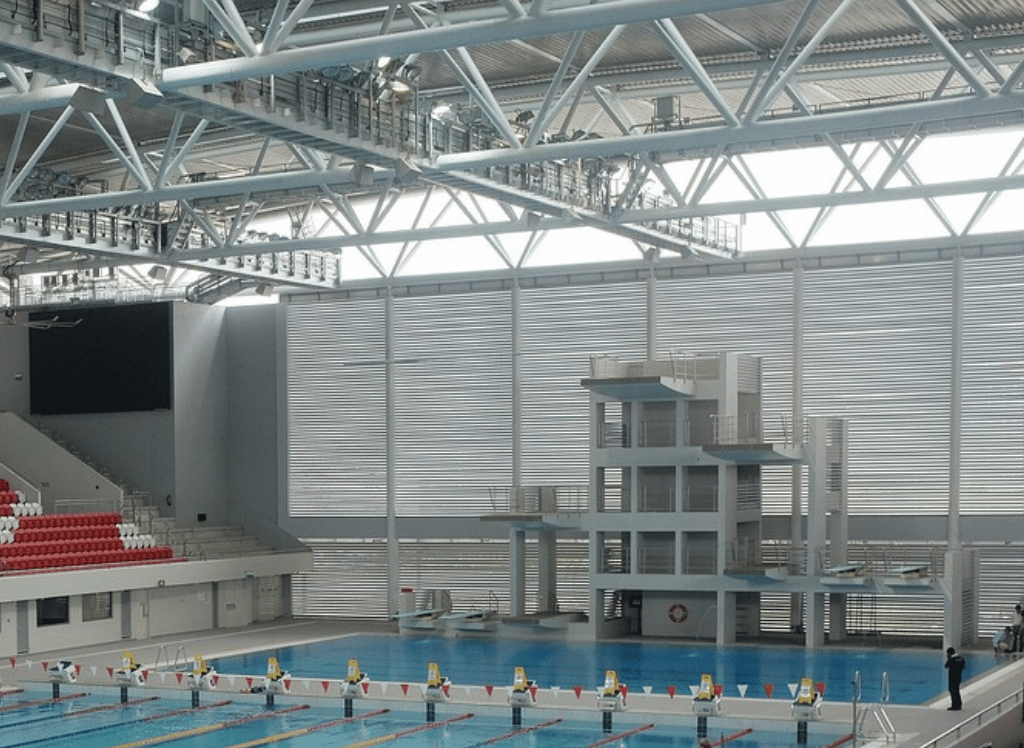Gymnastics has evolved into a spectacle that captivates millions around the globe.
When Was Gymnastics in the Olympics?
The inaugural modern Olympic Games in Athens, 1896, saw gymnastics make its grand debut. Back then, the sport was a far cry from the high-flying, glittery performances we see today. The events were limited, and the apparatuses were rudimentary. But hey, every legend has to start somewhere.
Artistics
Artistic gymnastics is the rock star of the gymnastics world. This discipline includes events like the floor exercise, parallel bars, and the high bar. Men’s gymnastics team competitions have been a staple since the early days, with the Soviet Union and the USA often battling it out for supremacy.
Women’s Events
Events like the balance beam and uneven bars became instant hits. The women’s team competition added another layer of excitement, with nations like Romania and Russia often stealing the show.
The Evolution of Scoring
Scoring in gymnastics has always been a bit like trying to understand quantum physics—complex and ever-changing. Initially, scores were given out of 10, but the system has evolved to accommodate the increasing difficulty of routines. Nadia Comaneci’s perfect 10 at the 1976 Montreal Olympics remains one of the most iconic moments in Olympic history.
The Rise of Rhythmic Gymnastics
This discipline combines elements of ballet, dance, and gymnastics, performed with apparatuses like ribbons and hoops. It’s like watching a Cirque du Soleil performance, but with more glitter and fewer clowns.
Trampoline Gymnastics
This high-flying discipline involves athletes performing acrobatic moves while bouncing on a trampoline. It’s like watching someone defy gravity, and it’s as thrilling as it sounds.
The Team Competitions
Team competitions in gymnastics are like the Avengers assembling—each member brings their unique skills to the table. The men’s gymnastics team and the women’s team events are always a highlight, with nations like the USA, Russia, and China often battling it out for the top spot.
Individual Competitions
Individual competitions are where gymnasts truly shine. Events like the individual all-around and apparatus finals are fiercely contested. Gymnasts like Carly Patterson and Peter Vidmar have etched their names in history with their stellar performances.
The Future of Gymnastics
The future of gymnastics looks quite bright, with new talents emerging and the sport continuing to evolve. Gymnasts like Jade Carey and other young stars are set to carry the torch forward, ensuring that gymnastics remains a highlight of the Olympic Games.
Gymnastics in the Olympics FAQs
Please feel free to browse through to learn more about Olympic Gymnastics.
When was gymnastics first included in the Olympics?
Gymnastics was first included in the Olympic Games in 1896 in Athens. The sport has been a staple of the Olympics ever since, evolving to include various disciplines and events.
Who are some of the most decorated gymnasts in Olympic history?
Some of the most decorated gymnasts in Olympic history include Simone Biles, Nadia Comaneci, and Shannon Miller. These athletes have won multiple medals and set numerous records, cementing their status as legends in the sport.
What are the different disciplines in Olympic gymnastics?
The different disciplines in Olympic gymnastics include artistic gymnastics, rhythmic gymnastics, and trampoline gymnastics. Each discipline has its own unique events and scoring systems, making gymnastics one of the most diverse and exciting sports in the Olympics.
Summary
Gymnastics has been a part of the Olympic Games since 1896, evolving into a sport that captivates audiences worldwide. From artistic gymnastics to rhythmic and trampoline gymnastics, the sport has produced countless iconic moments and legendary athletes. With a rich history and a promising future, gymnastics will continue to be a cornerstone of the Olympic Games.








